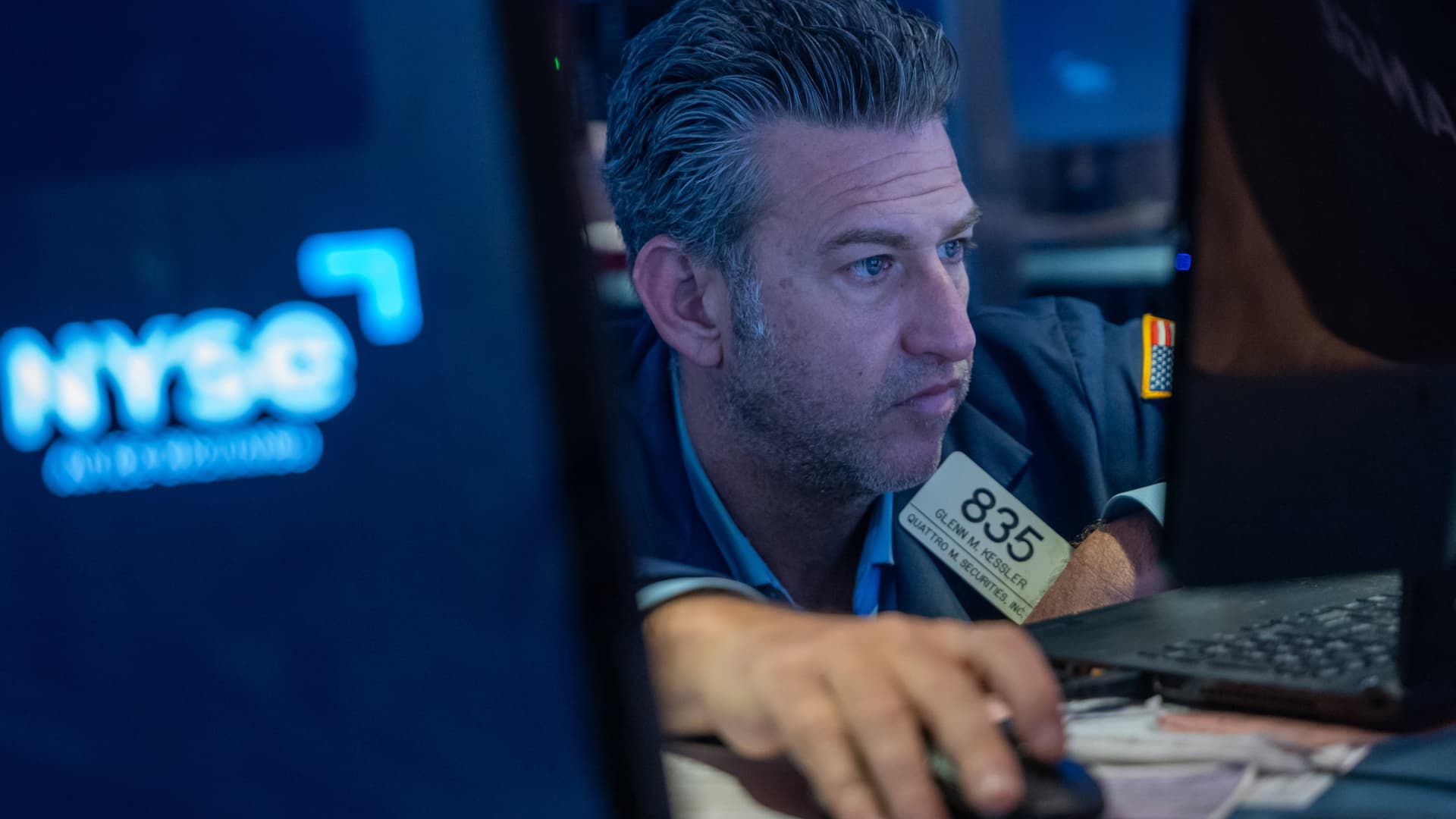Hedge funds have been reducing their positions at the fastest rate observed in years, as tariffs and indications of slower economic growth have caused stock market volatility. Professional money managers, who engage in both long and short bets, significantly decreased risk exposure by selling stocks and covering shorts on Friday and Monday. According to data from Goldman Sachs’ prime brokerage unit, this so-called de-grossing activity marked the largest two-day move in four years.
The retreat by hedge funds coincided with a sudden increase in macroeconomic uncertainty. President Donald Trump’s aggressive tariff policies on imports into the U.S. and abrupt policy shifts have heightened volatility on Wall Street, raising concerns about reduced consumer spending, slower economic growth, weaker profits, and even a potential recession. The S&P 500 has dropped approximately 9% from its recent peak, nearing a correction before Wednesday’s soft inflation report triggered a minor relief rally.
Brad Gerstner, founder and CEO of Altimeter Capital, stated that he has reduced his hedge fund’s net and gross exposure to the bottom decile of the firm’s normal risk exposure. “We have high economic uncertainty, high political uncertainty and high technological uncertainty. Only one thing can happen,” Gerstner remarked on CNBC’s “Squawk Box.” “Discount rates have to go up. Risk premiums have to go up. … So for us that was just a period to say, ‘OK we’ll go to the sidelines to wait this out.'”
Industrial stocks saw the most de-grossing activity among hedge funds, with risk-off flows on Friday and Monday reaching a record high, according to Goldman’s data. Goldman’s chief U.S. equity strategist, David Kostin, lowered his year-end S&P 500 target to 6,200 from 6,500, marking the first major Wall Street bank in the CNBC Pro Market Strategist Survey to revise its 2025 forecast.
— news from CNBC
